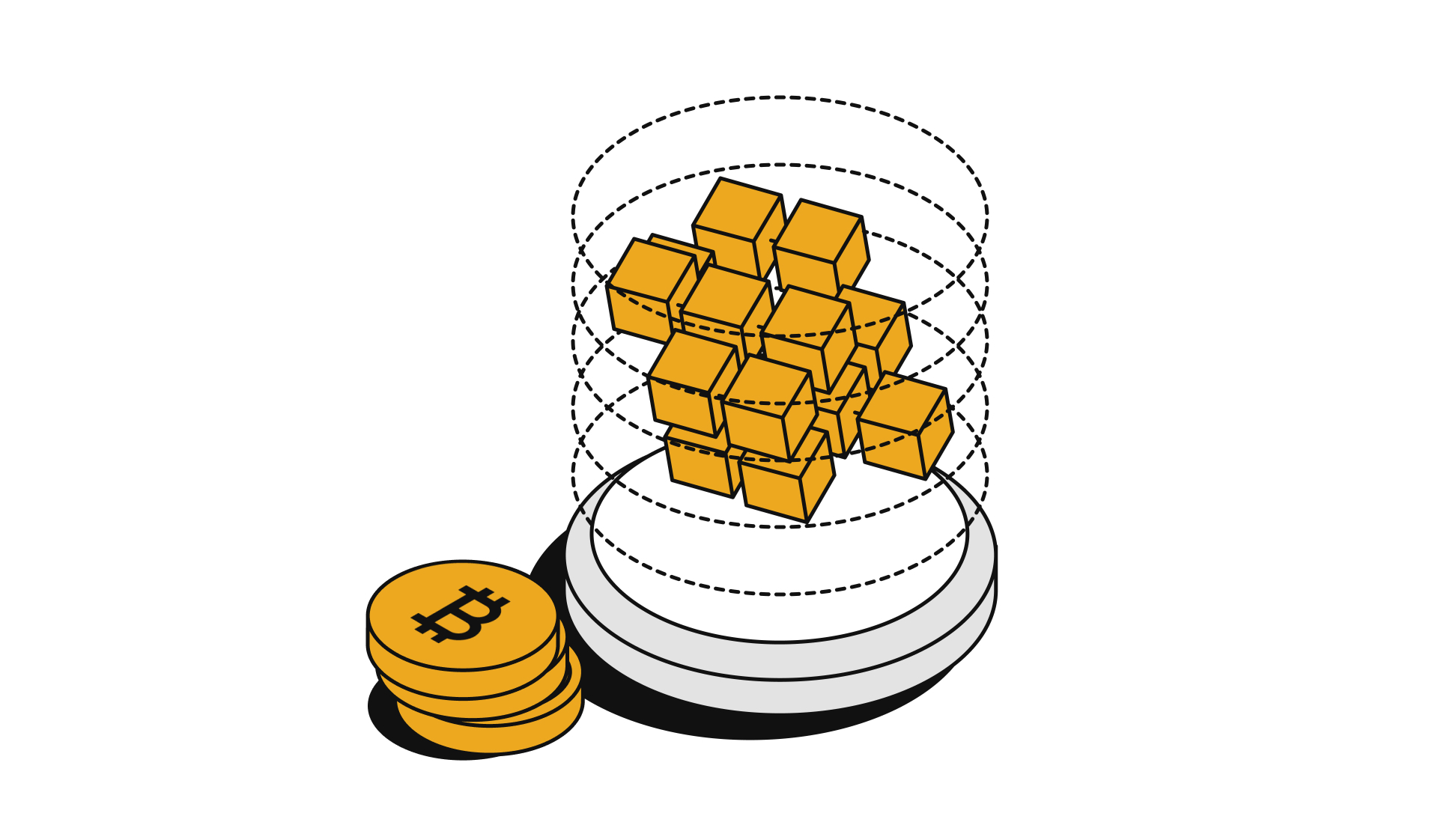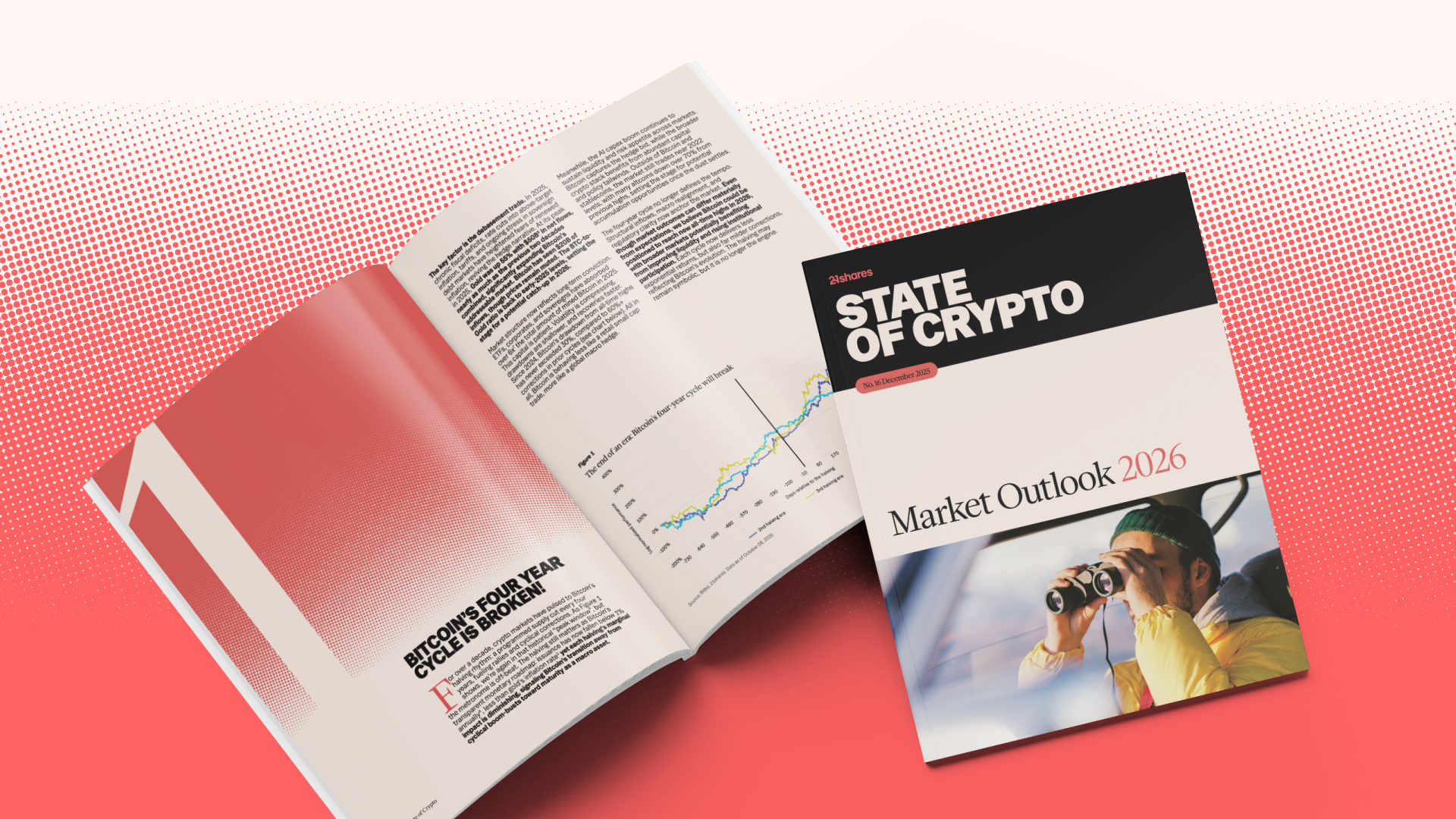Oil Futures Plunge as Crypto Markets Face Volatility
.jpg)


Market Outlook
On a turbulent start to the week, the May West Texas Intermediate crude oil futures posted negative prices as traders looked to offload their investments before the contracts expired today (Tuesday). The futures reached closed at -$37.63 per barrel as investors were willing to pay others to hold the contracts due market-wide issues with a lack of physical storage space for the futures and wiped-out demand in light of COVID-19 pandemic.
This strange market event is a symptom of ongoing issues with the oil market which is most obvious in the extremely high levels of volatility for the world’s most popular oil ETF — the United States Oil Fund (USO). USO’s 30-day rolling volatility was at 9.25% on Monday compared to Bitcoin’s 8.97%.
The Oil futures-related market turmoil helps show how financial derivatives can very seriously affect the dynamics of the underlying market in unexpected ways. This realization has begun to seep into even crypto asset markets which have seen many different kinds of derivative products come into existence over the past two years. Unlike traditional financial derivatives, these products can be split generally into two categories — centralized or decentralized.
Whilst the boundaries between the two are often vague, decentralized financial markets — encapsulated broadly by the “DeFi” movement on Ethereum — have been forced to learn some important lessons over the coming weeks. For example, the DeFi market was hit heavily on crypto’s Black Thursday (March 12) and over the weekend an attacker drained a DeFi product, known for enabling decentralized lending, for $25M before returning it after facing legal pressure — the first event directly impacted the price of ETH.
As the crypto market continues to mature it’ll likely continue to look more similar to the existing financial system in certain ways. This will lead to improved operational management and investor protection measures but will also likely introduce new idiosyncrasies,
The crypto asset market had another tough and volatile week with the majority of the large-cap crypto assets posting negative week-long returns with the exception of Ethereum (ETH). In general, the market has been within the same trading range following the large flash crash on March 12 and there are no obvious signs this will subside in the short-term before large industry-specific developments like Bitcoin's Halving on May 13 or Bakkt’s consumer app launch this summer — BTC (-1.80%), ETH (6.45%), XRP (-4.68%), BCH (-6.62%), and LTC (-4.67%).
On-chain volumes were down from an average of $2.13B per day to $1.94B — BTC ($1.46B), ETH ($315M), XRP ($92.6M), BCH ($57.8M), and LTC ($19.9M).
Webinar - State of Crypto Webinar | April 16, 2020
Last Thursday, April 16th, we hosted our third webinar session, where we broke down the factors driving the market over the past week and explained the basics of Tezos.
In the first part, our senior associate Hansen Wang and our research associate Lanre Ige gave an update on the market and explained the likely impact of the Bitcoin Cash halving. Watch the presentation here.
While, in the second part, our senior associate, Davide Vicini, dived into the nuts and bolts of Tezos — a leading proof of stake crypto asset. Watch the presentation here.
Join us next Thursday, April 23th at 3 PM CET — our team will hold its fourth webinar. This time, we'll give you an update on the market and investigate the regulatory status of crypto exchanges and products around the world.
Sign up here.
News - Facebook's Libra Cryptocurrency Gets Revamp in Response to Backlash | Reuters
What Happened?
Last Thursday, April 16th, the Libra Association announced an upgrade to its payment system in response to regulatory concerns over the potential threat of the digital currency, Libra. The purpose behind this network upgrade is to make the payment platform more regulatory-friendly and to provide initial liquidity to merchants relying on national currencies.
The pushback, from regulatory authorities and early supporters of the Libra Association that backed out, was over how large of a threat Libra as a single stable coin could be to the sovereignty of fiat currencies (ie, USD, EUR, etc.) if used on a global scale going forward. To alleviate concerns, the Libra Association decided to pivot to a payment platform composed of multiple stablecoins such as the LibraEUR, LibraUSD, LibraGBP, and Libra as another digital currency option among others.
Why Does It Matter?
Despite Libra’s efforts, this upgrade does not make it more likely that the project will launch — originally planned to by the end of 2020. We will continue to closely observe how various regulatory bodies will respond to this announcement in the foreseeable future.
One potential hurdle we anticipate is the IMF’s reaction to the Libra Association in the future holding a significant amount of national currencies in its reserve and how politically biased the association could be. Such a scenario could delay the launch of the payment platform as the association would need to thoroughly address their route to neutrality.
Learn more here.
News - Stablecoins Continue to Dominate Ethereum as Total Value on the Platform Doubles | The Block
What Happened?
The rise of stablecoins, crypto assets backed by fiat currencies with usually a 1:1 conversion ratio, is unprecedented. Yesterday, the Block reported a historical yearly increase of over +90 percent in the value of stablecoins issued on the Ethereum network — reaching a total market capitalization of $6.25 billion.
Why Does It Matter?
Over the past year or so, ETH, the supporting crypto asset of the Ethereum network has experienced high volatility — trading as low as $84 in late December 2018 before reaching a year-high level of $338 in mid-2019, before falling back to $170 today. The propensity for ETH and other crypto assets like BTC to go through such distressed periods has led to a change in quote currency preference by market participants, where there is the need for stable units of account for both retail and institutional investors. This will likely carry on going forward and helps explain the ever-growing demand for stablecoins.
Learn more here.
Disclaimer
The information provided does not constitute a prospectus or other offering material and does not contain or constitute an offer to sell or a solicitation of any offer to buy securities in any jurisdiction. Some of the information published herein may contain forward-looking statements. Readers are cautioned that any such forward-looking statements are not guarantees of future performance and involve risks and uncertainties and that actual results may differ materially from those in the forward-looking statements as a result of various factors. The information contained herein may not be considered as economic, legal, tax or other advice and users are cautioned to base investment decisions or other decisions solely on the content hereof.

.jpg)














